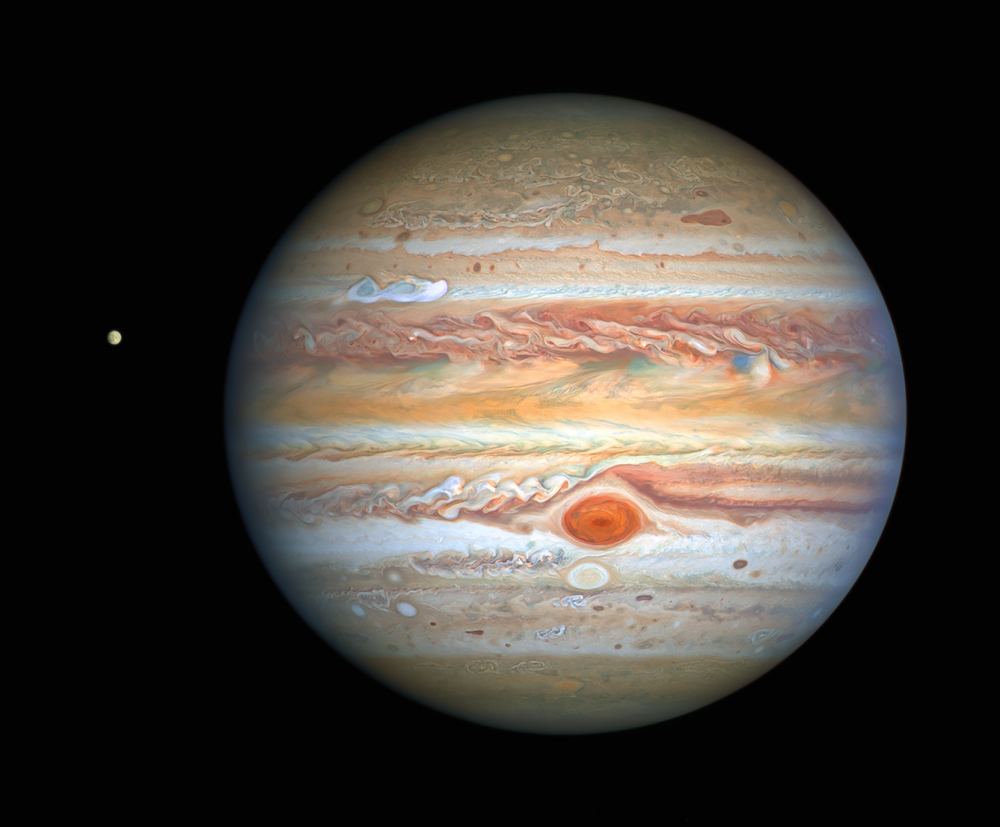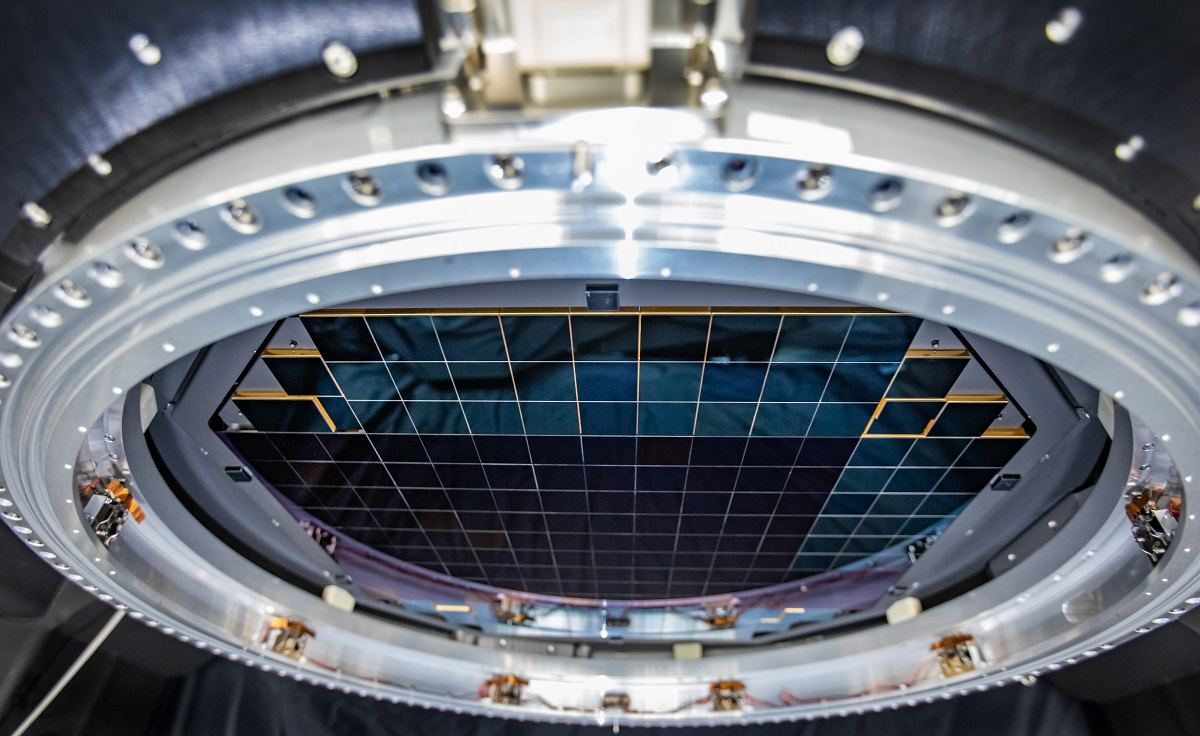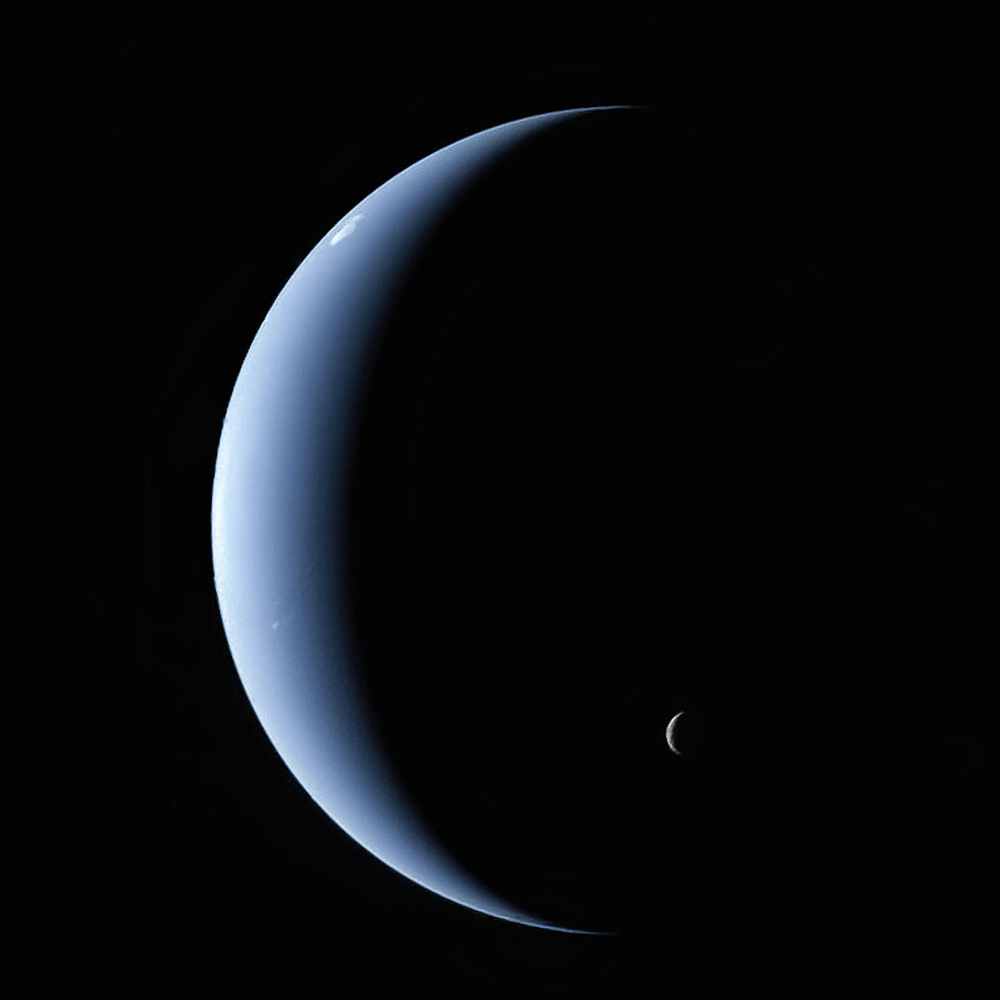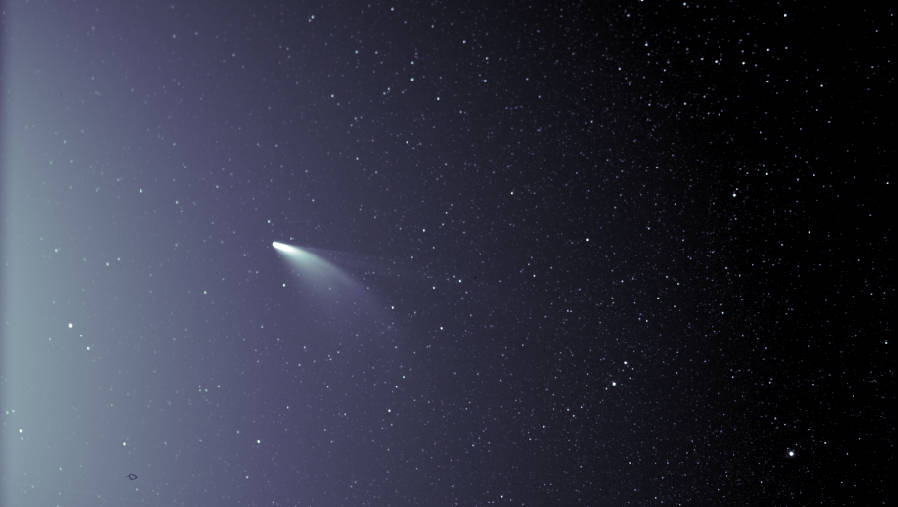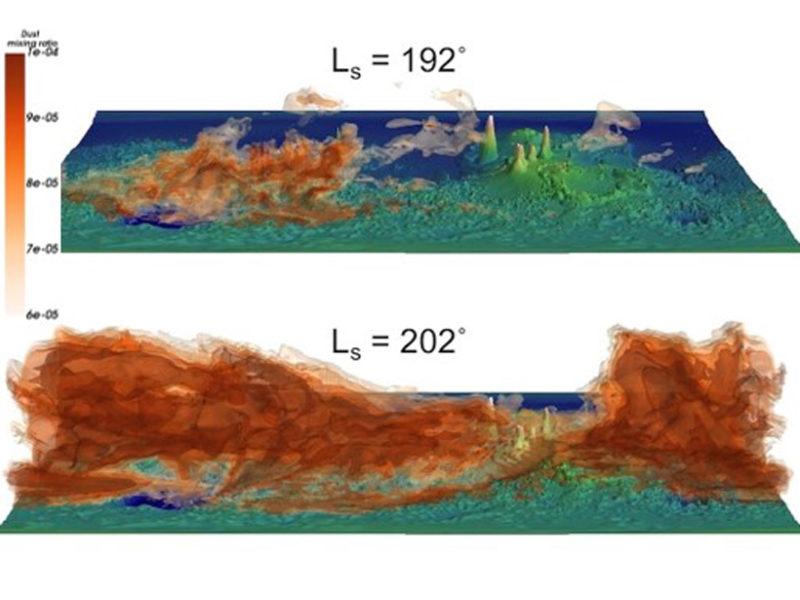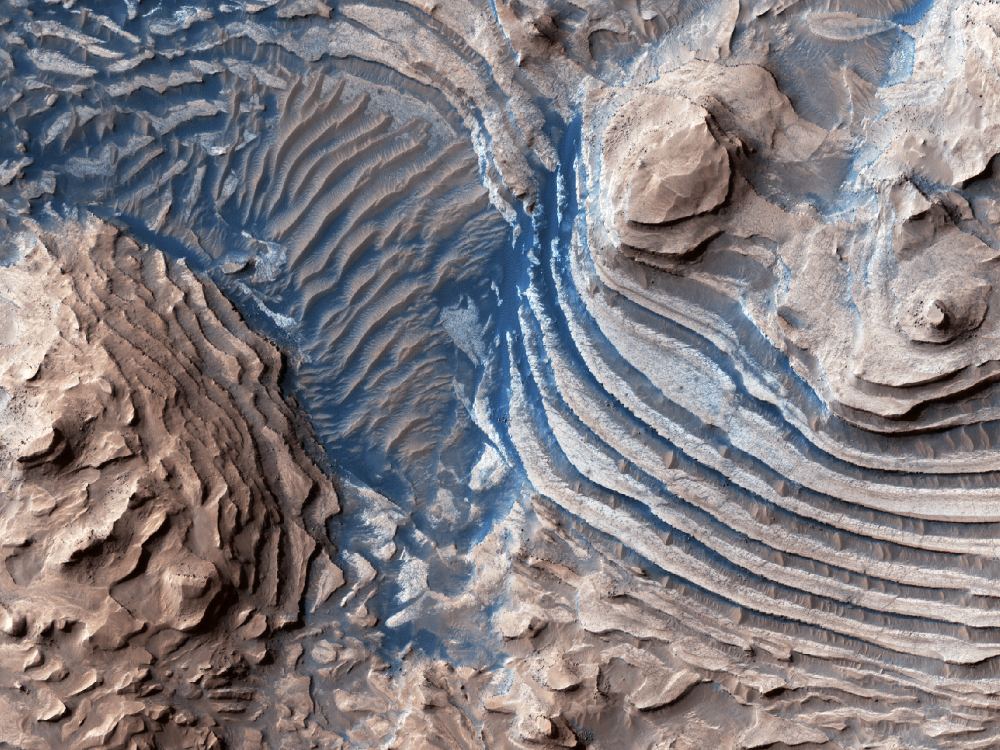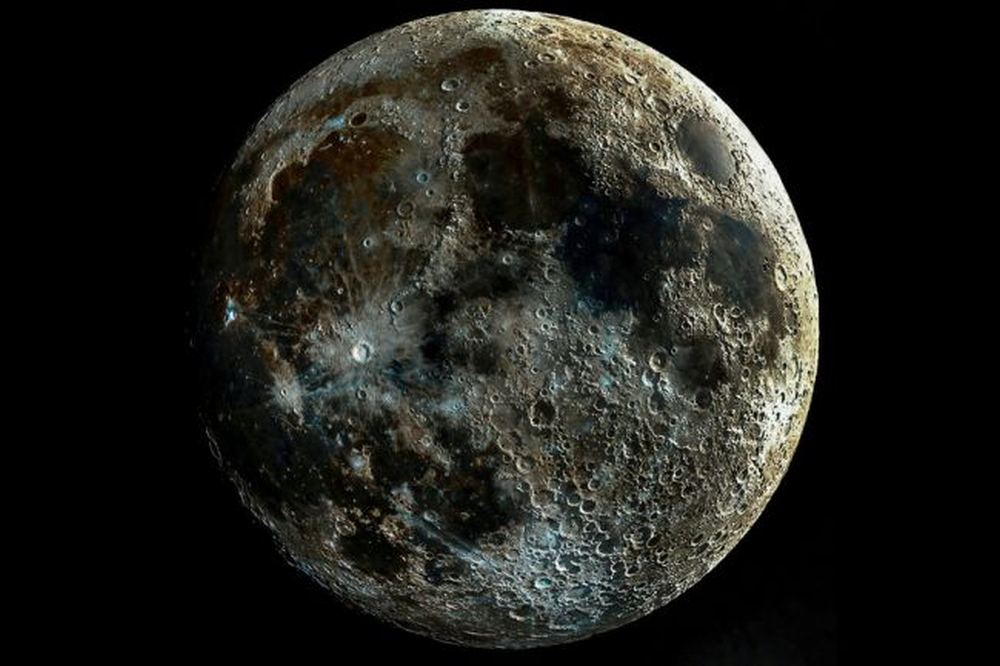The venerable Hubble Space Telescope has given us another gorgeous picture of Jupiter and its moon Europa. The incredibly sharp image was captured on August 25th, and shows some of the stunning detail in Jupiter’s stormy atmosphere. Hidden in all that stormy activity is something new: a bright white storm plume travelling at about 560 km/h (350 mp/h).
Continue reading “The Newest Picture of Jupiter and Europa Captured by Hubble”The Newest Picture of Jupiter and Europa Captured by Hubble
